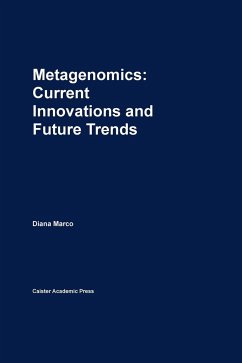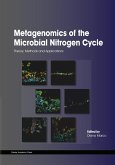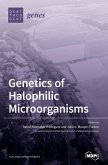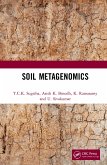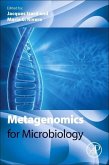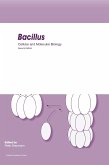Metagenomics is one of the fastest advancing fields in biology. By permitting access to the genomes of entire communities of bacteria, viruses and fungi otherwise inaccessible, metagenomics is extending our comprehension of the diversity, ecology, evolution and functioning of the microbial world, as well as contributing to the emergence of new applications in many different areas. The continual and dynamical development of faster sequencing techniques, together with the advancement of methods to cope with the exponentially increasing amount of data generated, are expanding our capacity for the analysis of microbial communities from an unlimited variety of habitats and environments. The synergism with the new emerging 'omics' approaches is showing the path to functional metagenomics and to adopting integrative, wider viewpoints like systems biology. This book covers the most innovative and recent advances in theoretical, methodological and applied areas of metagenomics. Topics covered include metagenomics integration with complementary technologies, bacterial genealogy, viral metagenomics, the regulation of prokaryotic communities, functional metagenomics, systems biology, next-generation sequencing, stable isotope probing, DNA sequencing of uncultured microbes, cyberinfrastructure resource, identification of novel viruses, metagenomics of fungal communities, the human microbiome, microbial bioremediation, metagenomic enzyme discovery, quorum-sensing, plant-pathogen interactions, and metagenomics of belowground microbial communities. The book is aimed at researchers and environmental managers involved in metagenomics, students starting research in this field and teachers interested in the new developments.
Hinweis: Dieser Artikel kann nur an eine deutsche Lieferadresse ausgeliefert werden.
Hinweis: Dieser Artikel kann nur an eine deutsche Lieferadresse ausgeliefert werden.

